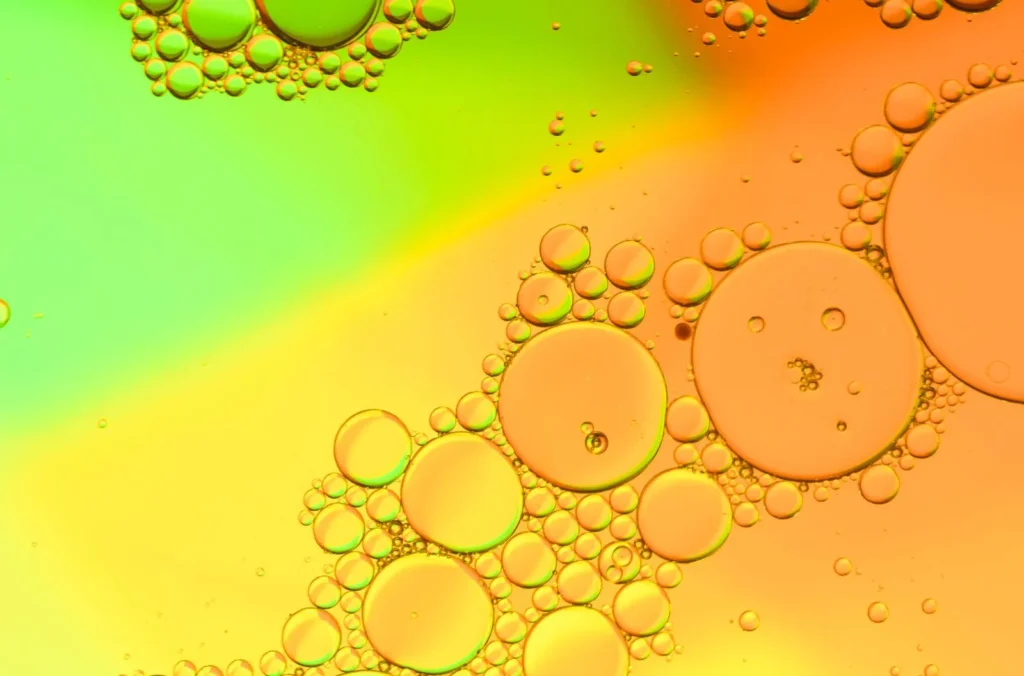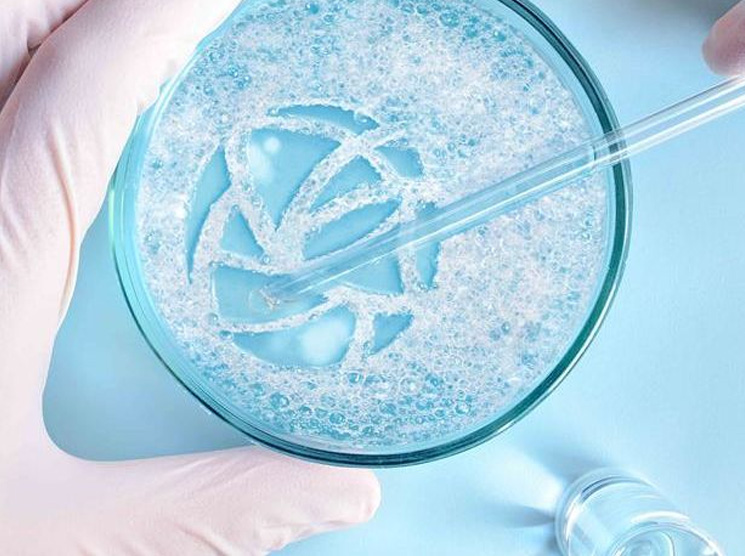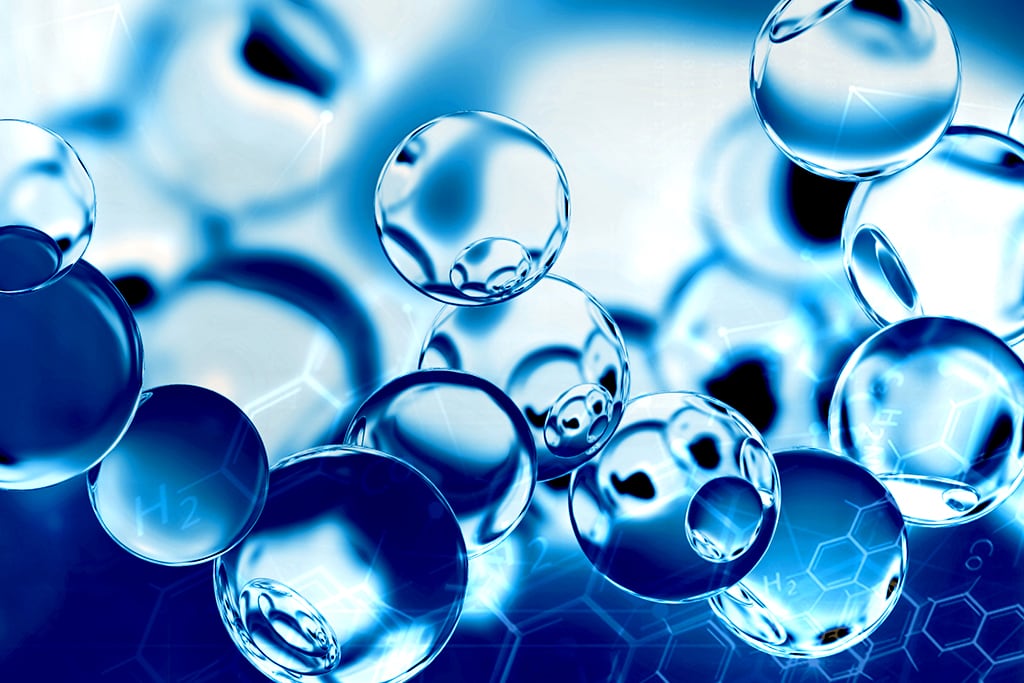The Role of Defoamers in Enhancing Product Quality and Performance
In different manufacturing procedures, the existence of foam can dramatically prevent item high quality and functional effectiveness. Defoamers act as important additives that reduce this problem, making certain smoother manufacturing workflows while boosting the useful and visual attributes of the last products (defoamers). Their application spans a wide range of markets, from food and beverage to pharmaceuticals, where consistency and reliability are extremely important. The selection of the suitable defoamer can be vital to attaining optimal outcomes, increasing crucial concerns concerning formula compatibility and performance metrics that warrant more expedition.
Understanding Defoamers
Recognizing the function of defoamers is vital for maintaining product top quality throughout different markets. Defoamers are chemical ingredients developed to reduce and prevent the formation of foam in fluid systems, which can negatively impact procedures such as mixing, loading, and surface stress. Foaming can result in inadequacies, product flaws, and compromised aesthetic appeal, making defoamers an important component in producing operations.
In industrial applications, defoamers help to boost item uniformity and stability. For instance, in the paint and coverings market, foam can hinder the application procedure and the last coating. In food and beverage production, excessive foam can hinder bottling and product packaging efficiency. The reliable use of defoamers not just guarantees smoother production procedures yet additionally adds to remarkable item efficiency.
In addition, the choice and formula of a defoamer have to line up with particular application demands, such as compatibility with other active ingredients, performance under differing temperature level and pH problems, and prospective regulatory restrictions. Ultimately, recognizing defoamers' features and their importance in numerous formulations is vital for maximizing production and guaranteeing the finest end items.
Kinds Of Defoamers
Defoamers can be categorized right into a number of kinds based on their structure and mechanism of action. The main kinds include silicone-based, non-silicone organic, and not natural defoamers.
Silicone-based defoamers are among the most reliable, mainly due to their capability to spread out swiftly on the fluid surface and disrupt foam development. Their unique chemical framework allows for premium security, making them ideal for high-temperature applications and settings with differing pH degrees.
Non-silicone natural defoamers, frequently made up of all-natural oils or fatty acids, are valued for their biodegradability and lower toxicity. These are commonly utilized in food and beverage applications where safety and security and environmental impact are vital.
Not natural defoamers, which include substances like talc or calcium carbonate, act by boosting the thickness of the fluid, thereby minimizing foam stability. They are commonly utilized in industrial procedures where compatibility with other products is not a worry.
Each kind of defoamer has unique benefits and constraints, allowing for tailored services depending upon the certain lathering concerns encountered in numerous applications. Comprehending these distinctions is crucial for maximizing performance and achieving desired item high quality.
Applications Throughout Industries
Countless sectors take advantage of defoamers to enhance item high quality and functional effectiveness. In the food and drink market, defoamers are crucial in processes such as developing and dairy manufacturing to avoid foam formation, which can cause inefficiencies and product variance. By controlling foam, makers can make sure far better yield and a much more consistent product.
In the pharmaceutical industry, defoamers play a vital role in the formulation of liquid drugs, where too much foam can impede blending and exact application. Their use assists preserve the integrity of the solutions and promotes smoother production processes.
The paint and coverings market additionally relies upon defoamers to enhance the efficiency of products during application. By lessening foam, these additives ensure a smoother coating and improve the visual top qualities of the end product.

Advantages of Making Use Of Defoamers
While resource the application of defoamers varies throughout industries, their advantages constantly enhance product high quality and process efficiency. One considerable benefit is the reduction of foam development during making processes, which can or else bring about production hold-ups and variances in product top quality. By minimizing foam, defoamers allow a smoother flow of products, helping with extra effective operations and lowering the possibility of tools malfunctions.
Furthermore, the use of defoamers can enhance the look and structure of last items. In sectors such as coatings, paints, and food handling, too much foam can compromise the aesthetic looks and overall high quality, while the ideal defoamer application ensures an uniform surface and preferable qualities. Defoamers can contribute to cost savings by decreasing waste throughout production and maximizing the usage of raw products.

Choosing the Right Defoamer
Choosing the ideal defoamer is essential for enhancing manufacturing processes and guaranteeing product high quality. The selection of defoamer affects not just the performance of foam control yet additionally the total efficiency characteristics of the end product. Aspects to think about consist of the kind of application, the chemistry of the formulation, and the environmental problems under which the item will certainly be used.
Different sectors get redirected here may need certain defoamer kinds, such as silicone-based, organic, or polymeric defoamers. Recognizing the compatibility of the defoamer with the main active ingredients is important to avoid unfavorable reactions that can jeopardize product integrity. Furthermore, the defoamer's performance in different temperature levels and pH degrees need to be assessed to make certain consistent performance.
Examining the defoamer in small applications can offer valuable insights right into its performance and viability. Consideration of regulative compliance, specifically in food, drugs, and cosmetics, is vital in selecting a defoamer. Inevitably, a thorough evaluation of these variables will cause the selection of a defoamer that not only regulates foam effectively however additionally improves the quality and efficiency of the end product.
Verdict

In final thought, defoamers are important additives that significantly improve item high quality and performance across different markets. The tactical selection and application of defoamers lead to set you back savings, enhanced source usage, and increased consumer contentment.
Frothing can lead to inefficiencies, item flaws, and jeopardized aesthetic charm, making defoamers a vital component in producing operations.

Comments on “Defoamers: Key Solutions for Managing Foam in Various Processes”